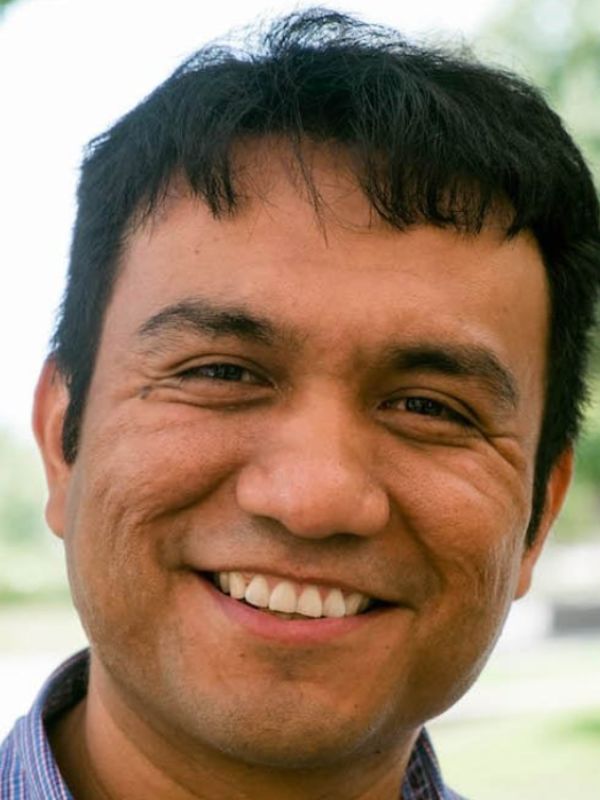
Tippeconnie is a Navajo and Comanche filmmaker with an extensive career in the movie industry. He has collaborated with some of the most prominent names in Native American film, including FX’s Reservation Dogs’ Sterlin Harjo, Erica Tremblay, and A-list director Martin Scorsese. The list of projects he has worked on includes American Gods, Rudderless, Barking Water, Four Sheets to the Wind, My Blind Brother, Reservation Dogs, and the upcoming highly-anticipated film Killers of the Flower Moon.
Some of Tippeconnie’s works, including Leave Durov to the Dogs and Anticipation for Land in 2089, have been shown worldwide at museums and festivals, such as the Heard Museum, imagineNATIVE Film & Media Arts Festival, and the National Museum of the American Indian.
As well, Tippeconnie's illustrious career includes 20+ years of lecturing and instructing over a dozen film and production courses at the University of Oklahoma.
Tippeconnie said he is looking forward to leading the festival in growing the festival's influence.
“I have been privileged to experience deadCenter from viewership to programming and have seen not only its importance in supporting artistic perspectives but its potential to unite communities,” Tippeconnie said in a statement. “I am honored to be asked to join the story of deadCenter leadership as Director of Programming to nurture, strengthen, and expand these contributions of the festival, and I hope I can live up to those who come before and the needs of our expanding film communities.”
Current program director Sara Thompson brought Tippeconnie onto the deadCenter team five years ago.
“I’ve been in awe of Sunrise’s film knowledge since first meeting him on the set of Pearl in 2008,” Thompson said. “I asked him to join the team in 2018, knowing he would elevate the program and take us to new heights. I’m thrilled to see where he takes deadCenter in this next chapter and can’t wait to follow his journey.”
More Stories Like This
Zuni Youth Enrichment Project Takes Top Emerging Artist Apprentices to Phoenix for Artistic Exploration and Cultural ImmersionFrom Dishwasher to Award-Winning Chef: Laguna Pueblo's Josh Aragon Serves Up Albuquerque's Best Green Chile Stew
Rob Reiner's Final Work as Producer Appears to Address MMIP Crisis
Vision Maker Media Honors MacDonald Siblings With 2025 Frank Blythe Award
First Tribally Owned Gallery in Tulsa Debuts ‘Mvskokvlke: Road of Strength’
Help us defend tribal sovereignty.
At Native News Online, our mission is rooted in telling the stories that strengthen sovereignty and uplift Indigenous voices — not just at year’s end, but every single day.
Because of your generosity last year, we were able to keep our reporters on the ground in tribal communities, at national gatherings and in the halls of Congress — covering the issues that matter most to Indian Country: sovereignty, culture, education, health and economic opportunity.
That support sustained us through a tough year in 2025. Now, as we look to the year ahead, we need your help right now to ensure warrior journalism remains strong — reporting that defends tribal sovereignty, amplifies Native truth, and holds power accountable.
 The stakes couldn't be higher. Your support keeps Native voices heard, Native stories told and Native sovereignty defended.
The stakes couldn't be higher. Your support keeps Native voices heard, Native stories told and Native sovereignty defended.
Stand with Warrior Journalism today.
Levi Rickert (Potawatomi), Editor & Publisher


